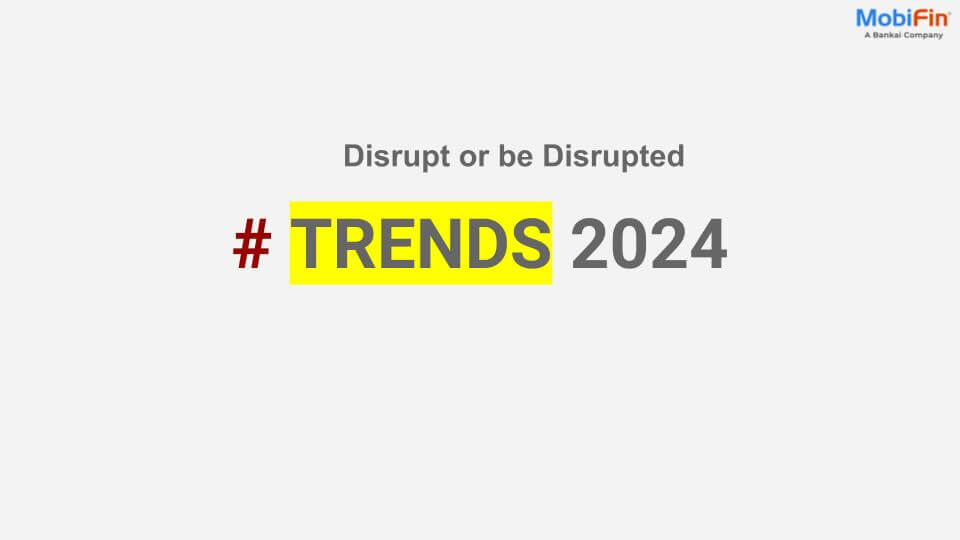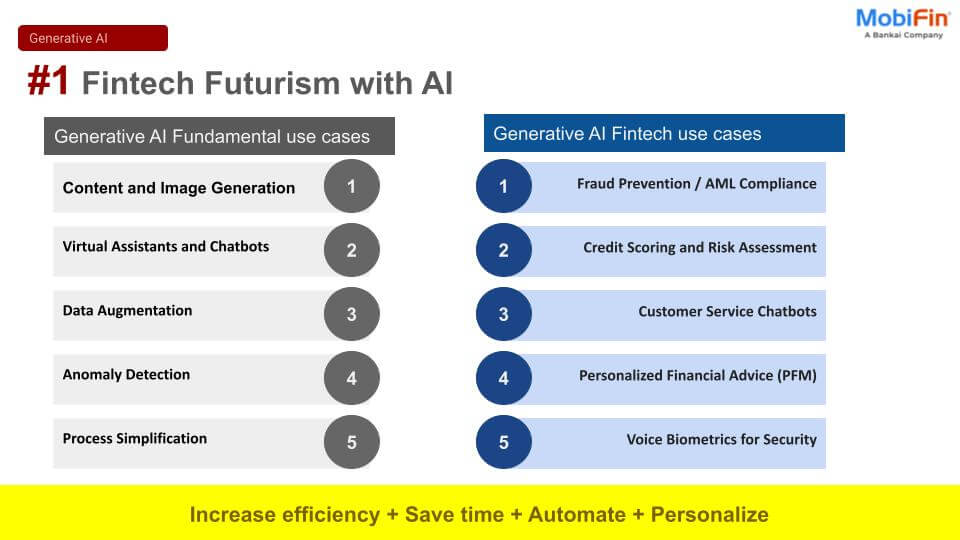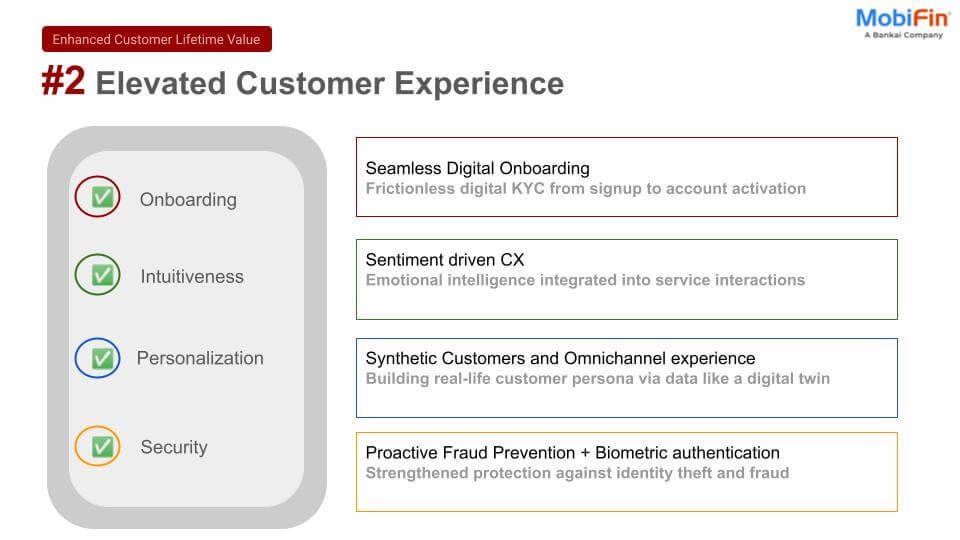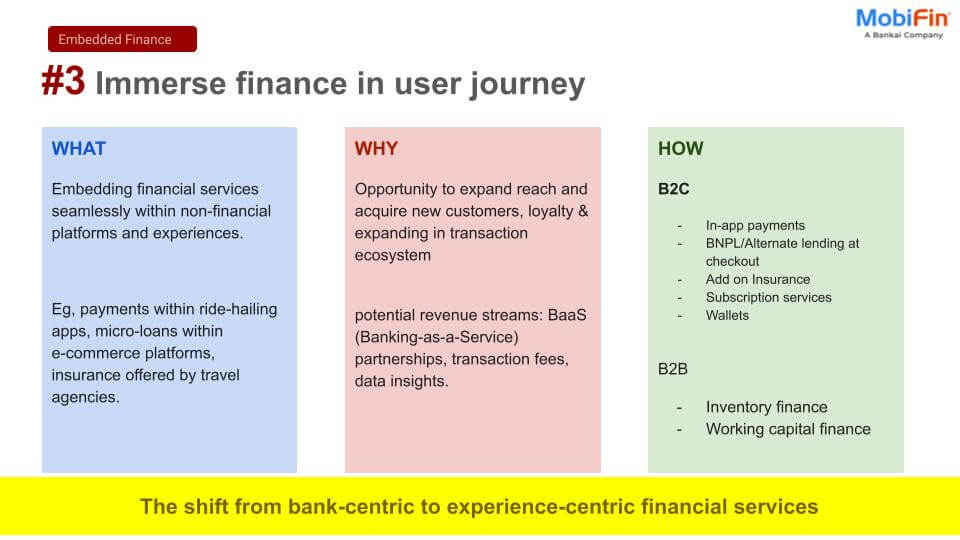This behavioral shift is redefining what banks and financial institutions must deliver. Real-time payments (RTP) go beyond speed; they signal a deeper transformation of traditional operating models. Core systems built for end-of-day batch processing are now misaligned with a world that demands uninterrupted, immediate responsiveness.
Why traditional core banking falls short
Traditional core banking systems were architected for a different era when banking was bounded by office hours, and settlement cycles could stretch across days. These systems are monolithic, rigid, and deeply reliant on scheduled batch jobs to process transactions.
The repercussions of this architecture are many: delayed settlements, reconciliation mismatches, limited flexibility around transaction cut-offs, and service downtimes during system upgrades or maintenance windows. When transplanted into a real-time payment environment, these constraints result in broken experiences, operational inefficiencies, and exposure to regulatory and reputational risks.
As digital-first challengers and new financial ecosystems emerge, traditional institutions must reassess their technology backbone. The journey toward real-time payments begins with rethinking the core itself.
Building the foundation for real-time payments
Modernizing core banking is not just a matter of speed, it’s a matter of structure. Real-time readiness requires a fundamental shift toward agility, scalability, and interoperability. Key architectural components play a pivotal role in making this transition successful.
Event-driven architecture for instant execution
Real-time payments demand real-time processing. To achieve this, banks must move away from batch-based transaction handling and adopt event-driven architectures. In such systems, each payment or account activity triggers a discrete event that is processed independently and without delay.
Being stateless, event-driven systems support parallel processing without compromising integrity. The result: faster execution, lower latency, and scalable performance, which are crucial in a high-volume, always-on environment. These are critical capabilities when dealing with unpredictable transaction volumes and 24/7 operations.
24/7 availability and continuous settlement
Real-time payments occur around the clock, demanding that core systems operate without interruption. Meeting this expectation requires platforms to support continuous availability beyond business hours and through maintenance or end-of-day cycles. What once counted as a premium feature has become a baseline necessity.
Modern core banking systems address this need with always-on ledgers and intelligent rule-based engines that handle asynchronous transaction flows effortlessly. As a result, settlements, reversals, and ledger updates proceed smoothly, even when legacy systems would typically be offline for scheduled downtime.
Embedded reconciliation and error handling
Historically, reconciliation was treated as an end-of-day, back-office task. That model collapses in a real-time paradigm. Every transaction must be instantly verifiable and traceable. Any delay in detecting mismatches or processing errors can have immediate consequences, both financially and in terms of customer trust.
Modern platforms embed reconciliation logic directly into transaction workflows. Automated matching, exception handling, and audit trail generation are integral to each payment journey. This not only reduces the risk of failed settlements but also enhances transparency, compliance, and operational efficiency.
Open APIs for seamless interoperability
Real-time payment ecosystems are rapidly expanding. From national RTP rails like FedNow in the U.S. or UPI in India to international frameworks like ISO 20022, banks need the flexibility to integrate and adapt without disrupting their internal systems.
API-first architecture empowers institutions to interact seamlessly with various payment ecosystems. Functions such as instant credit posting, debit validation, balance inquiry, and transaction confirmation are integrated natively. APIs also future-proof the core by making it easier to adopt evolving standards and partner ecosystems without major architectural overhauls.
Interfacing with RTP networks is just one side of the equation; sustaining these flows at scale requires internal architectural resilience.
Microservices and multi-ledger scalability
Monolithic systems are ill-suited for the agility and resilience required by real-time operations. In contrast, microservices architectures break down core functionalities (such as KYC, fraud detection, compliance checks, and risk scoring) into independently deployable components.
Digital transactions are growing exponentially. During peak-load events such as major online sales or seasonal spikes, traditional monolithic cores often fail to handle the sudden influx, leading to delays or outages. Cloud-native, microservices-based architectures overcome this challenge with dynamic scaling and auto-load balancing. Banks can rapidly expand processing capacity on demand and maintain smooth, real-time transaction flows even under extreme pressure.
Strong modularity enables horizontal scaling, incremental updates, and fault isolation without disrupting core operations. Additionally, multi-ledger support ensures operational continuity across different currencies, jurisdictions, and customer segments. This is a critical consideration for global or multi-segment institutions handling diverse real-time transactions.
Why it matters: Strategic business outcomes
Superior customer experience
Customers care about outcomes: specifically, that their funds are available immediately, that account balances are accurate in real time, and that transactions are reliable. Delivering on this promise builds trust, increases engagement, and reduces operational noise.
Institutions that enable real-time processing often see a measurable reduction in customer support calls, complaints related to delayed settlements, and abandonment of digital channels. More importantly, they gain a competitive edge in acquiring and retaining digitally savvy users.
Regulatory readiness and market agility
Governments and regulatory bodies around the world are increasingly mandating or incentivizing real-time payment capabilities. Whether through direct mandates or through frameworks like ISO 20022, the pressure to comply is intensifying.
Simultaneously, non-traditional players, such as digital wallets, fintech apps, and neobanks, are redefining customer expectations. Without real-time infrastructure, incumbent institutions risk falling behind both on compliance and innovation fronts.
Modern core banking systems provide the adaptability to meet these regulatory shifts with confidence. With real-time auditability, dynamic reporting, and streamlined compliance modules, institutions can maintain a proactive regulatory posture while staying agile.
New business models and revenue streams
The impact of real-time payments extends far beyond speed—it unlocks new, revenue-generating value propositions. Financial institutions can monetize instant capabilities through differentiated services such as:
- Pay-per-use billing and dynamic pricing models
- Instant disbursal of micro-loans and credit products
- Real-time payroll services for gig and contract workers
- Just-in-time insurance payouts and claim settlements
These offerings not only drive revenue but also deepen customer relationships and open doors to new partnerships across sectors, from e-commerce to ride-hailing to healthcare.
Real-world impact across use cases
The application of real-time payments is expansive. Financial institutions are already leveraging real-time capabilities to:
- Disburse loans within seconds of credit approval
- Settle merchant payments for agent banking networks instantly
- Credit salaries to gig workers at the close of every shift
- Deliver government subsidies or aid transfers without lag
These are not theoretical constructs: they are real deployments that are changing how money moves, and how financial inclusion is delivered.
Conclusion: The core as a strategic asset
Core modernization is no longer an IT project; it is a boardroom priority. The ability to process payments in real time, 24/7, with full auditability and compliance is fast becoming a defining capability for institutions that want to lead in the next decade.
Banks and financial institutions must act with urgency. Retrofitting legacy systems to accommodate real-time expectations is not only cost-inefficient but also operationally fragile. A modern, composable, cloud-native core provides the agility, resilience, and scalability needed to thrive in the real-time economy.
The message is clear: the future of banking is not built on delay. It is built on immediacy, intelligence, and infrastructure that is ready for anything. And that future begins at the core.
Ready to modernize your core banking system for real-time advantage?
Connect with us to explore how your institution can lead in an always-on, always-now payment economy.













